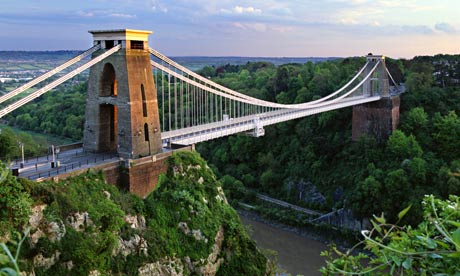The Victorian period lasted a long time, during which the UK went from being a largely rural, lightly industrialized country to a heavily industrialized urban nation.
Victorian England economic conditions
Let us begin by looking at the economic conditions during Victorian England from the beginning. The Time 1830s and 1840s in the Victorian era was marked by unemployment, poverty, rioting, slums in large cities and the working conditions for women and children were terrible. The Mid-Victorian Period (1848-1870) was a time of prosperity, improvement, stability and optimism.

The Late Victorian Period (1870-1901) saw the decay of Victorian values, British imperialism, Boer War, Irish question, Bismarck’s Germany became a rival power, United States became a rival power, Economic depression led to mass immigration and Socialism.
This period saw tremendous development in machinery which resulted in a lack of work for the labourer and the working class. Bad working conditions and underemployment drove thousands of women into prostitution. The only occupation at which an unmarried middle-class woman could earn a living and maintain some claim to gentility was that of a governess.
In the Victorian era, specific goods and services cost far less or far more than they do now.
Money matters
Conversion from Pence to Shillings to Pounds and Guineas
Two things in particular about British money drove foreigners crazy, the first being that twelve pence (or pennies) made up a shilling, but twenty shillings made up a pound. Another peculiar thing in this era involved classed-based pricing scheme in which prices were quoted in guineas, the guinea being a non-existent denomination worth 21 shillings (or a shilling more than a pound). Items intended for the wealthier classes were listed in guineas.
What were the earnings / wages like?
Wages have comparative meaning when contemporary prices of commodities are known. It is especially true of the artisan and laboring class that their wages are spent, in large measure, on food, rent, and fuel, and in past times food was the greatest of these expenditures. For this reason, a wage or money standard of living, in pence per day per person, is far less useful for comparative purposes than a bread standard of living, in pounds of bread purchasable per day per person.
All that is required is to know the cost of bread at any point in time in which the purchasing power of two different wage points in time are being compared.
The economy in Victorian England was a confusing mess of laws and rich royals who cared little for the poor. The government had to make numerous laws to help find accommodations for the impoverished working class, and sometimes the labor bosses had to pay for their worker’s housing. Many of the upper class had average salaries of 2000 pounds, but some of the richest had over 30000 pounds salary and owned up to 200000 acres of land.
On the flip side, the poor were causing an agricultural and industrial revolution. Farmers and the land owners had to find more effective, and better crop producing methods to keep up with the quickly growing population.
Industrial dominace
In the middle of the nineteenth century, it is fair to say that Britain had industrial dominance in the world economy. These estimated production figures can show the economic might.
- around two-third of the world’s coal
- half of iron
- steel – five sevenths of its small supply
- half of commercially produced cotton cloth
- 40% in value of its hardware.
In comparison, even in 1840, Britain possessed only about 2/3rd of the world’s steam power and estimated to produce less than 1/3rd of the world’s total manufacturing. Main competition was from the northern states of the USA, France, the German Confederation and Belgium. The years between 1873 and 1896 are known to economic historians as “the great depression” post the first wave of industrialization.
Railways
Any talk about British economy is incomplete without a reference to how railway growth helped Britain with trading. Railways in colonies like India also helped promote economic activity between India and Britain.
Victorian economists
Thomas Robert Malthus
Harriet Martineau
John Ramsay McCollough
David Ricardo
Adam Smith
Also read – industrial revolution and child labour